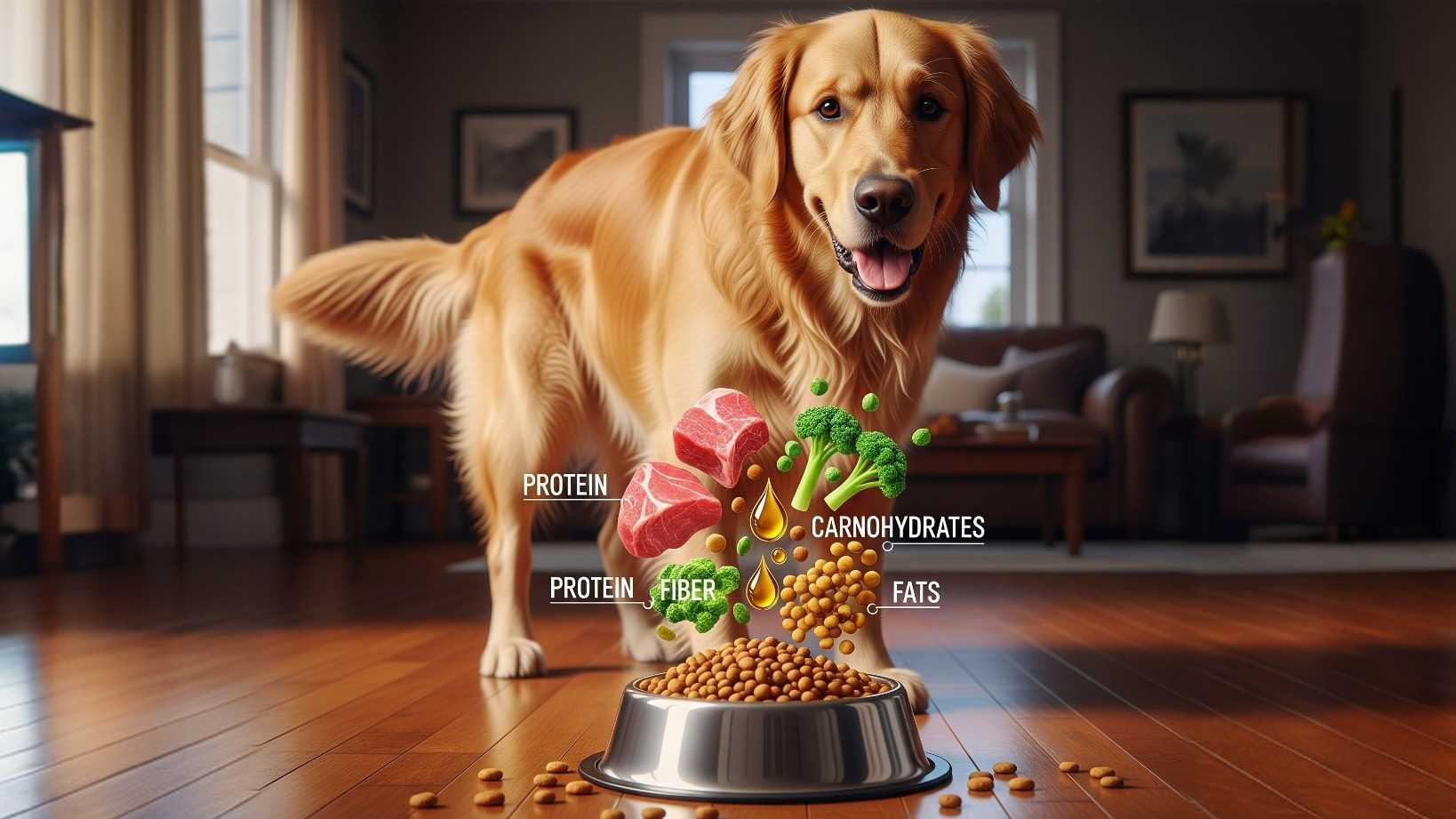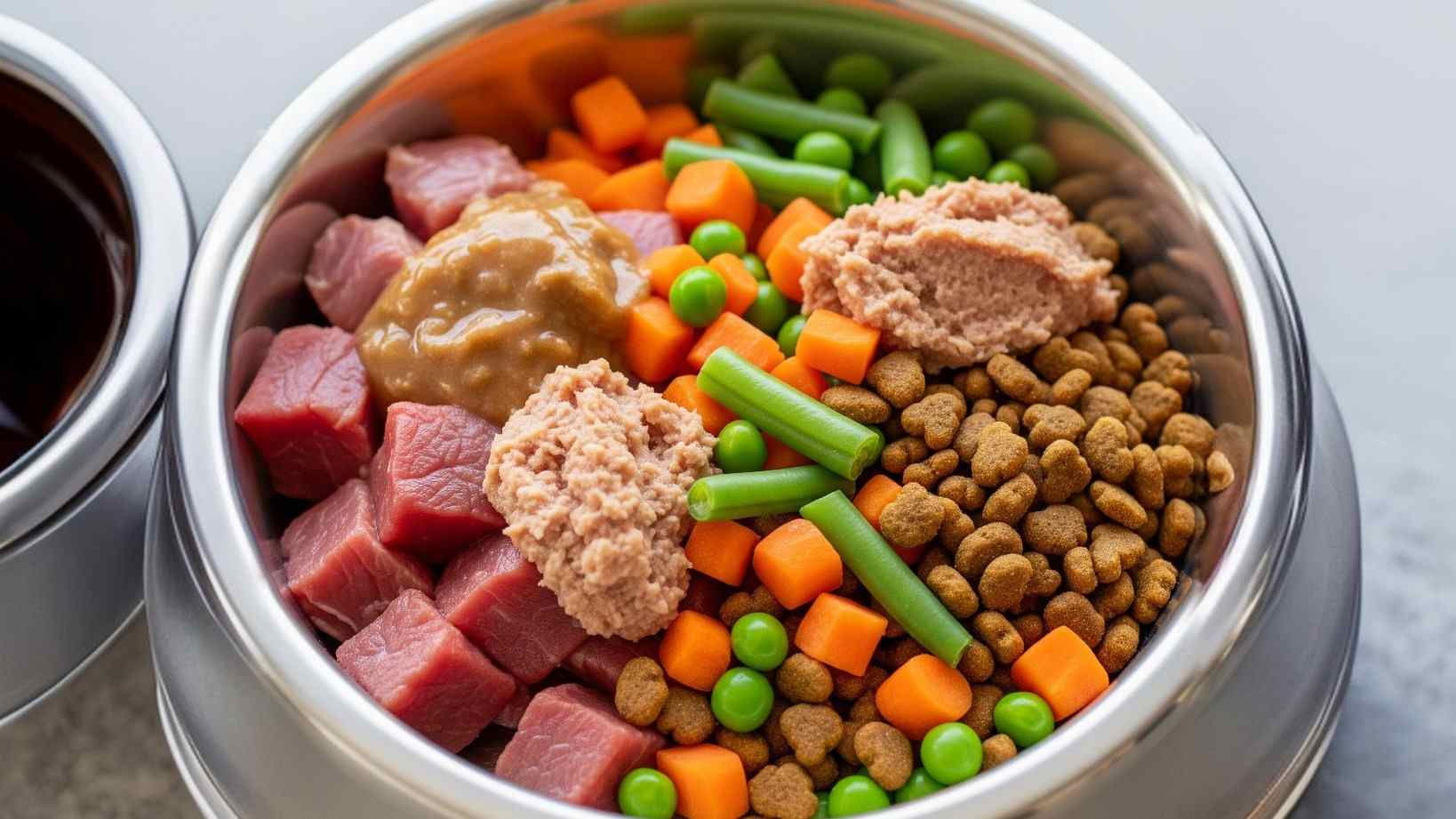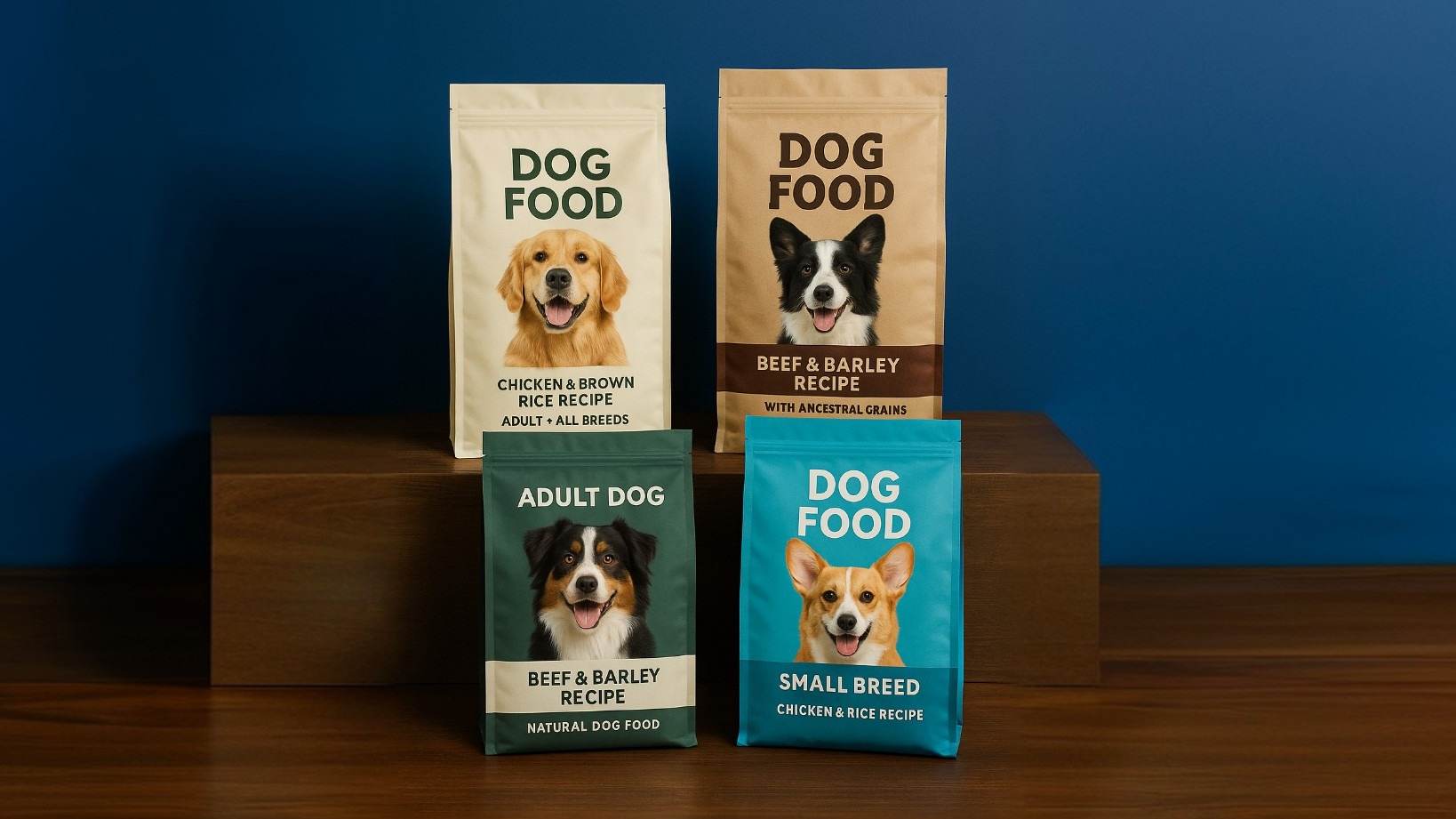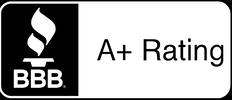Advertising Disclosure
Our team works hard to evaluate every product. If you click on links we provide, we may receive compensation.
Healthy Dog Food Options That Support Long-Term Wellness
Choosing the best dog food for your pet is one of the most important decisions you can make as a pet owner. Nutrition plays a huge role in your dog’s health, energy, and happiness. The right food can improve their coat, support joints, aid digestion, and influence their behavior.
In recent years, pet owners have shifted toward prioritizing healthy dog food to ensure their dogs live long, vibrant lives. With so many options on the market, it can be tough to know what’s truly good for your dog.
This article will walk you through what makes dog food healthy. We’ll cover the key ingredients to look for and recommend the top dog food brands to trust. We’ll also offer tips for choosing the perfect food for your pet’s needs.
What Makes Dog Food Truly “Healthy”? Understanding Core Nutritional Needs
Dogs need proteins, fats, carbohydrates, fiber, vitamins, and minerals. Each nutrient plays a specific role in keeping your dog happy and healthy:
- Proteins are essential for building and maintaining muscles, skin, and organs. High-quality proteins come from sources like chicken, beef, or fish.
- Fats provide energy and support a shiny coat and healthy skin. Look for healthy fats like omega-3s from fish oil.
- Carbohydrates provide energy for daily activities. Whole grains or vegetables like sweet potatoes are good food elements for dogs.
- Fiber helps with digestion and keeps the gut healthy.
- Vitamins and minerals support everything from strong bones to a robust immune system.
The right balance of these nutrients depends on your dog’s age, breed, size, and activity level. For example, puppies need more protein and calories to fuel their growth, while senior dogs may need fewer calories but more joint-supporting nutrients like glucosamine. Active breeds, like German Shepherds or Huskies, require higher fat and protein content. Choosing good food for dogs means finding a formula tailored to these specific needs.
High-quality dog food focuses on natural, whole ingredients and avoids fillers like corn, wheat, or soy, which provide little nutritional value. Low-quality ingredients, such as “meat by-products,” are often vague and made from less desirable parts of animals, like bones or organs. Artificial additives, like colors, flavors, or chemical preservatives, can also cause issues including allergies or digestive problems.
To ensure you’re picking a nutritionally complete option, look for the AAFCO statement on the label. This shows the food meets science-based standards for your dog’s life stage. By choosing foods with high-quality ingredients and AAFCO approval, you’re giving your dog the foundation for long-term health.
Ingredients to Look For in High-Quality Dog Food
When shopping for the best dry dog food or other types, focus on these ingredients:
- Deboned meats like real chicken, turkey, beef, or lamb provide high-quality protein that supports strong muscles and provides energy.
- Salmon is packed with omega-3 fatty acids that promote a shiny coat, healthy skin, and brain health.
- Sweet potatoes are a nutrient-rich carbohydrate source that provides fiber, vitamins, and slow-release energy for sustained activity.
- Brown rice is a whole grain that’s gentle on the stomach and adds fiber for digestive health.
- Pumpkin is known for soothing upset stomachs. It’s high in fiber and helps regulate digestion.
- Probiotics are beneficial bacteria that support gut health, improve nutrient absorption, and boost immunity.
- Glucosamine and chondroitin support joint health, which is especially important for large breeds or older dogs.
- Blueberries or cranberries are rich in antioxidants that support immune health and fight inflammation.
These ingredients contribute to better digestion, a shiny coat, strong immunity, and energy. Dog foods labeled as “healthy” often highlight these natural components on the packaging.
Ingredients to Avoid That Could Harm Your Dog’s Health
Not all dog foods are created equal, and some ingredients can do more harm than good. Here are ingredients to avoid:
- Corn and soy are fillers that are cheap and low in nutritional value. They can also trigger allergies in sensitive dogs.
- Animal by-products are often low-quality protein sources made from leftover parts like bones, feathers, or organs. They’re less digestible and less nutritious.
- Artificial colors and flavors are not the best dog food additives that can cause sensitivities or behavioral issues in some dogs.
- Preservatives like BHA, BHT, or ethoxyquin are chemicals that may pose health risks, including potential links to cancer with long-term exposure.
Avoiding these ingredients reduces the risk of allergies, digestive upset, or long-term health issues. Always check the ingredient list to ensure you’re choosing a food that prioritizes your dog’s well-being.
Comparing Types of Healthy Dog Food: Dry, Wet, Fresh, and Raw
Dog food comes in several types, each with its own benefits and challenges. Understanding these options helps you choose dog food that best suits your dog’s lifestyle and health needs. Here’s a breakdown:
- Dry dog food (kibble) is the most common choice. It’s affordable, easy to store, and has a long shelf life. Kibble also helps clean teeth by reducing tartar buildup. It’s great for most dogs, but may not provide enough moisture for those who don’t drink much water.
- Wet food (canned food) is high in moisture, making it ideal for dogs with urinary issues or those who need extra hydration. It’s often tastier, making it a good choice for picky eaters. However, it’s pricier and spoils quickly once opened.
- Fresh or refrigerated food is made with human-grade ingredients and is nutrient-dense and minimally processed. It’s great for dogs with specific health needs or picky appetites. However, it’s expensive and requires refrigeration.
- Raw diets mimic a dog’s ancestral diet, including raw meat, bones, and vegetables. They can be nutrient-rich and appealing to dogs. However, they carry risks like bacterial contamination and need careful planning to avoid nutrient imbalances.
Each type can be part of a healthy diet if it’s high-quality and meets your dog’s nutritional needs. Platforms like Chewy dog food make it easy to explore all these options, and you can read reviews from other pet owners to guide your choice. The best type depends on your dog’s preferences, budget, and health needs.
Is Dry Dog Food Still a Healthy Choice?
What is the best dry dog food? Dry dog food remains a popular and healthy option for many dogs. This is due to its convenience, affordability, and dental benefits. High-quality kibble from trusted dry dog kibble brands is formulated with high protein content (from real meat like chicken or salmon), minimal fillers, and added nutrients like omega-3 fatty acids for skin health or glucosamine for joint support. It’s suitable for dogs of all ages and sizes, especially those with healthy teeth and no hydration concerns.
To choose the best dry dog food, look for a formula where the first ingredient is a named protein source, such as “deboned chicken” or “salmon.” Avoid kibble heavy on fillers like corn or wheat, which can lead to weight gain or digestive issues.
Many good dog food brands offer kibble with added vitamins, minerals, and functional ingredients. For example, kibble with probiotics can improve gut health, while formulas with antioxidants support immunity. Dry food is a great choice for most dogs. However, if your dog has specific needs, you might consider mixing in wet or fresh food.
What About Raw or Home-Cooked Diets? Are They Safe and Effective?
Raw and home-cooked diets have gained popularity because pet owners seek natural, minimally processed options. Raw diets typically include raw meat, bones, organs, and vegetables, aiming to mimic what dogs might eat in the wild. Home-cooked meals as healthy dog food allow owners to control ingredients, often using fresh meats and vegetables. Both can provide high-quality protein and avoid artificial additives. Some believe they can lead to better coat quality, energy, and overall health.
However, these diets come with challenges. Raw food can carry bacteria like salmonella or E. coli, which poses risks to both dogs and humans handling the food. Home-cooked meals may lack essential nutrients if not carefully balanced, leading to deficiencies over time. For example, dogs need specific ratios of calcium and phosphorus, which can be hard to achieve without expertise. These diets also require more time, effort, and cost compared to commercial options.
If you’re considering raw or home-cooked diets, consult your veterinarian to ensure the meals are nutritionally complete and safe. For most pet owners, high-quality kibble or wet food from trusted brands is a safer, more convenient way to provide healthy dog food without the risks of raw or homemade meals.
Best Healthy Dog Food Brands in 2025
With many top dog food brands available, it’s easier than ever to find high-quality options. Here are some of the good dog food brands leading the way in 2025, known for their quality, transparency, and trust from pet owners:
- Orijen is famous for high-protein, grain-free formulas. They use fresh, regional ingredients like free-run chicken or wild-caught fish, making them ideal for active dogs or those with grain sensitivities. Orijen is AAFCO-approved and emphasizes transparency in sourcing.
- The Farmer’s Dog offers fresh, human-grade meals customized to your dog’s age, weight, and health needs. These meals are delivered to your door, making them great for picky eaters or dogs with allergies. Owners love the noticeable improvements in coat and energy.
- Blue Buffalo is known for natural ingredients and targeted formulas, like weight control or joint health. Their Life Protection Formula includes whole grains and antioxidants for overall wellness.
- Merrick focuses on whole foods with no by-products or artificial additives. They offer both kibble and wet food, with options for grain-free or grain-inclusive diets.
- Nutro emphasizes non-GMO ingredients and clean recipes. Their formulas cater to puppies, adults, and seniors, with options for small and large breeds.
These brands stand out for their AAFCO approval, clear ingredient sourcing, and positive reviews. Many are available through platforms like Chewy dog food, where you can read real user feedback in their dog food listings. Some brands specialize in specific health goals, such as Blue Buffalo for skin allergies or Merrick for joint support. When choosing a brand, consider your dog’s needs, such as weight management, digestive health, or mobility. Also check for certifications like “complete and balanced” on the label.
How to Choose the Right Healthy Dog Food for Your Pet
Finding the best dog food is about matching the food to your dog’s unique needs. Here’s a step-by-step guide to make the process easier:
Consider life stage:
- Puppies need calorie-dense food with high protein and fat for growth and development
- Adults require balanced nutrition to maintain energy and weight
- Seniors benefit from lower-calorie food with joint-supporting ingredients like glucosamine
Account for breed size:
- Small breeds need smaller kibble and higher energy content due to faster metabolisms
- Large breeds benefit from larger kibble and nutrients like glucosamine to support joints and prevent obesity
Check for sensitivities: Does your dog have allergies or a sensitive stomach? If so, choose limited-ingredient or grain-free formulas. Top dog food brands offer single-protein sources like lamb or salmon.
Match their lifestyle:
- Active dogs need higher protein and fat for energy
- Less active dogs may need lower-calorie food to avoid weight gain
Read labels carefully:
- The first ingredient should be a high-quality protein, such as “deboned chicken” or “salmon”
- Avoid vague terms like “meat meal” or “animal fat,” which can indicate lower quality
Use online resources: Platforms like Chewy offer reviews from other pet owners to help you gauge real-world results. Websites like DogFoodAdvisor provide detailed breakdowns of ingredients and quality.
Consult your veterinarian: Your vet can recommend foods based on your dog’s health, weight, or medical conditions.
After switching to a new healthy dog food, monitor your dog for a few weeks. Look for signs the food is working, like consistent energy, firm stools, a shiny coat, and a happy demeanor. If you notice issues like loose stools, low energy, or skin irritation, talk to your vet about adjusting the diet. Transition slowly over 7–10 days by mixing new food with the old to avoid digestive upset.








